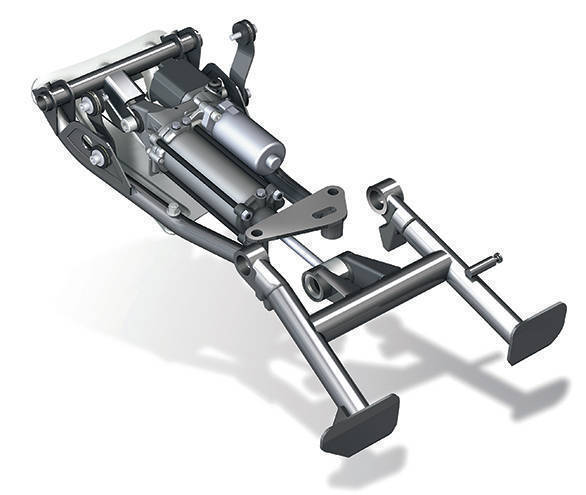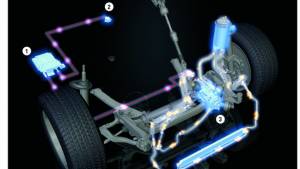Simple tech: Actuators explained
When was the last time you sat down with your car- or motorcycle loving friends and discussed actuators? Never, yes? They get no love from us. But they make it possible to accelerate, brake, steer, change gear. All of this while making yourself at home in the seat or in the saddle. They also do all the work when you select a drive mode, change the ride height in your fancy SUV, firm up suspension or improve suspension response. You press a button and somewhere in the belly of your beast, an actuator does all the work.
An actuator is a device that turns any work into the press of a button for you and me. In technical terms, they are force multipliers which execute our commands, making possible things human hands could not do while saving money, manpower and time.
And they are everywhere. Massive aircrafts take to the sky thanks to the actuators while the pilot and co-pilot essentially press buttons and move the stick about. All the controls connect up to actuators that operate the control surfaces. And autopilot is a computer that controls actuators. The examples are everywhere!

The automobile industry likes to use three kinds of actuators - electric, hydraulic and pneumatic. Let's dive in with the easiest ones to understand, the electric actuators.
Electric actuators are small electric motors that are normally embedded deep inside various vehicle systems. Let's assume your vehicle has electric (or electromechanical) power steering. When you turn the steering wheel to the right, the signal - how far you turned the wheel - is transferred to the electric actuator motor connected to the linkages that operate the steering mechanism. Sensors guide the motor into turning the wheel by a precise amount in relation to how far you turned the wheel. And then the actuator shuts down until you turn the steering wheel again. The fact that the electric motor puts in the effort means you can turn a burly SUV with a finger or two and this is now true for practically all cars today.
More actuators operate your wipers, change pre-load on your suspension n, pre-tension seat belts when an impact is imminent, operate spoilers, open and close sunroofs,open boot lids and so forth. In a drive- or ride-by-wire system, when you operate the accelerator or open the throttle, you send a signal demanding torque to the ECU. This actually sets off actuators that actually open butterfly valves in the inlet tract. The increase in air flow causes the ECU to operate the fuel injectors which eventually leads to the production of additional torque. The fuel injectors themselves use electromagnetic valves - which are electric actuators by classification.
In many cases, actuators do jobs that would be impossible for us by ourselves. For example, let's return to the helm of our SUV. Notice the fat tyres that make it look so good? Try turning the wheels when the vehicle is off. You will find that you can barely turn the steering wheel. This is because the actuators are off. There are two sides of this story to think about. First, without the actuators, operating the SUV would be very, very hard to do for the normal human. Second, vehicle engineers today can offer these fat tyres so that you can enjoy the grip and security of a large contact patch precisely because of that actuator that saves you the effort while enabling the feature.
This is also true for the captain of a large super tanker who controls a floating vehicle the size of a small village using small knobs and dials for the most part. And for the giant cranes inside a mine that lift hundreds of tons of ore and rock into a waiting trucks needing only a puny human being at the wheel to accomplish this mammoth task.
Indeed, as systems become autonomous, we are replacing the human at the controls with a computer. This process' foundation, literally, is the actuator that the computer calls upon to turn an instruction into work.
Amazing, yes? Next month, we move on to other types of actuators and their impact on our lives - something we never gave a thought to before.












